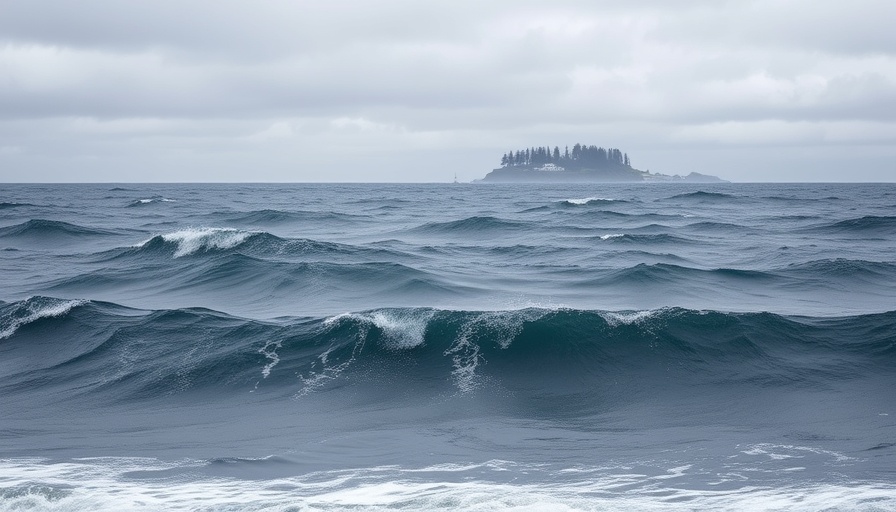
The Struggles of the Endangered Gulf of Mexico Whale
The Gulf of Mexico is known for its vibrant marine life, but it is also the home of some endangered species facing dire threats, particularly the North Atlantic right whale. With a mere population of around 340 individuals left, these majestic creatures are encountering increasing dangers from oil and gas vessel strikes. A recent investigation has shown that these incidents are rising alarmingly in the Gulf, and it raises important discussions regarding environmental protection versus economic activity.
Environmental Impact and Economic Activity: A Fateful Collision
The presence of oil and gas vessels is crucial for energy needs, but the safety of endangered species like the Gulf whale cannot be overlooked. As more drilling operations are conducted, the paths of these vessels often intersect with the migratory routes of the whales. Studies indicate that the seasons with higher vessel traffic coincide with those when whales are breeding, intensifying the risk of fatal encounters.
The Importance of Wildlife Protection
Protecting endangered species is more than a moral obligation; it also plays an essential role in maintaining healthy ecosystems. The North Atlantic right whale plays a vital part in marine life balance. By prioritizing their conservation, we support a robust ocean environment—an ecosystem that is indispensable for generations to come.
Calls for Legislative Action
The findings about increased strikes by oil and gas vessels have sparked calls for tighter regulations on shipping routes in the Gulf to minimize risk. Environmental advocates are urging lawmakers to strike a balance between economic interests and wildlife conservation, reinforcing the notion that we can indeed pursue energy needs without sacrificing our natural treasures.
What’s Next for the Gulf Whale?
When it comes to safeguarding the future of the Gulf of Mexico whale, it’s evident that proactive measures are necessary. Stakeholders in the oil and gas industry must collaborate with environmental agencies to create safer shipping routes and enforce seasonal restrictions to protect sensitive areas during critical breeding months. Collective responsibility and innovative solutions could pave the way for a future where both our energy needs and wildlife conservation efforts coexist.
As citizens, we can all contribute to wildlife protection by advocating for legislative changes and supporting organizations that fund conservation efforts targeting endangered species like the Gulf of Mexico whale. Understanding the impact of our daily choices on such critical issues is vital. Join the conversation and help create a marine environment where these magnificent beings can thrive.
 Add Row
Add Row  Add
Add 




 Add Row
Add Row  Add
Add 

Write A Comment